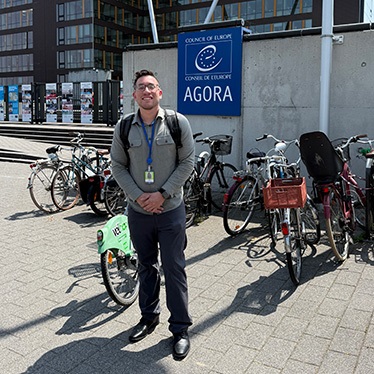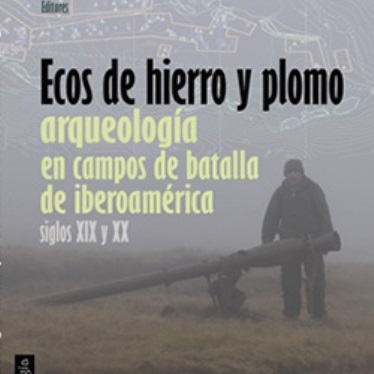Venice: The Remarkable History of the Lagoon City
Dennis Romano
Oxford University Press, January 2024

Dennis Romano, professor emeritus of history, has written “Venice: The Remarkable History of the Lagoon City” (Oxford University Press, 2024).
In the book, Romano provides a comprehensive account of the political, economic, cultural, ecological, military and art history of Venice from the city’s origins to the present. Drawing from a wealth of archival material, he traces Venetian history across a long range, from the Ice Age emergence of the lagoon and first permanent settlements and the rise of Venice’s maritime and commercial empire to industrialization, twentieth-century fascism and contemporary tourism. In addition to covering elites like merchants and doges, the book offers portraits of Venetian commoners, drawing from documents such as diaries and last wills and testaments.
In a recent review, the Washington Post reviewer called the book “the best single-volume guide to [Venice’s] past.” And a reviewer from The Economist said, "The result is a triumph. ...This is contemporary historical writing of the highest quality: clear, entertaining and yet academically rigorous."
Romano has published eight books and over 20 articles on medieval Italy and Venetian history, politics, culture, art and kinship. He has received numerous grant awards spanning five decades from institutions such as the Guggenheim Foundation, the Folger Shakespeare Library, the National Gallery of Art, and the National Endowment for the Humanities.
Romano’s work explores medieval and Renaissance Italy, early modern Europe, and Venice’s social and cultural history. He received a Ph.D. from Michigan State University in 1981.
From the Publisher:
A sweeping and comprehensive history of Venice--from its formation in the early Middle Ages to the present day--that traces its evolution as a city, city-state, regional power, and overseas empire.
No city stirs the imagination more than Venice. From the richly ornamented palaces emerging from the waters of the Grand Canal to the dazzling sites of Piazza San Marco, visitors and residents alike sense they are entering, as fourteenth-century poet Petrarch remarked, "another world." During the Middle Ages and Renaissance, Venice was celebrated as a model republic in an age of monarchs. In the seventeenth and eighteenth centuries, it became famous for its freewheeling lifestyle characterized by courtesans, casinos, and Carnival. When the city fell on hard times following the collapse of the Republic in 1797, a darker vision of Venice as a place of decay, disease, and death took hold. Today tourists from around the globe flock to the world heritage site as rising sea levels threaten its very foundations.
This comprehensive account reveals the adaptations to its geographic setting that have been a constant feature of living on water from Venice's origins to the present. It examines the lives of the women and men, noble and common, rich and poor, Christian, Jew, and Muslim, who built not only the city but also its vast empire that stretched from Northern Italy to the eastern Mediterranean. It details the urban transformations that Venice underwent in response to environmental vulnerability, industrialization, and mass tourism. Alongside the city's commercial prominence has been its dramatically changing political role, including its power as a city-state, regional stronghold, and overseas empire, as well as its impact on the development of fascism. Throughout, Dennis Romano highlights the city's cultural achievements in architecture, painting, and music, particularly opera.
This richly illustrated volume offers a stunning portrait of this most singular of cities.
Published in the Spring 2024 issue of the Maxwell Perspective
Related News
School News

Nov 24, 2025
Commentary

Nov 10, 2025
Commentary

Oct 30, 2025
